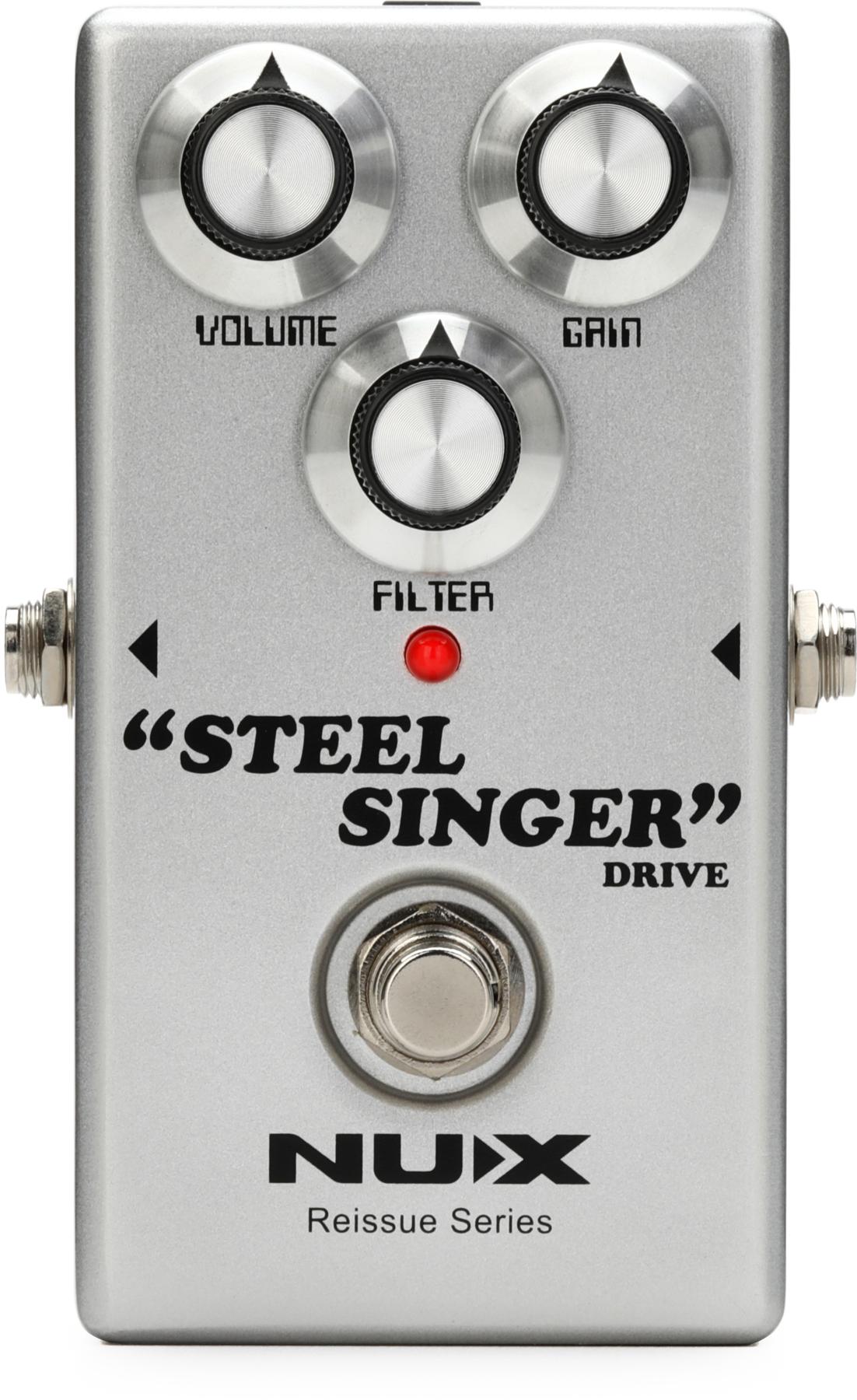Stevensville, MD (November 17, 2016) -- Last month saw the release of the 2017 PRS SE Series, which included new pickups and a new headstock design. PRS Guitars has now unveiled the Core and S2 Series electric guitar line up for 2017, which brings with it both entirely new models and some subtle refinements that highlight the company’s innovative spirit and dedication to the details. The highlights for 2017 include the introduction of the McCarty Singlecut 594, 509, Santana Retro, and Gen III tremolo bridge in Core and new pickups for the S2 Series.

Singlecut McCarty 594
With endorsements from artists like John Mayer, John Wesley Dearth, and Jimmy Herring, the McCarty 594 saw a great reception in 2016. For 2017, PRS has introduced a single-cutaway version of the 594 as both the November Private Stock Guitar of the Month and a new Core model. The 594 family embodies vintage tone and feel while incorporating modern manufacturing techniques that deliver superior playability. Here is what some artists have been saying about the 594:
- “To hear that old PAF sound but be able to articulate the notes in a way that only modern manufacturing could allow is so exciting,” said John Mayer.
- “It’s kinda freaking me out a bit. Causing me to re-think my touring set...I am a bit stunned. The 594 sounded like a good concept on paper, but, just wow. This is killer,” reacted John Wesley Dearth (Porcupine Tree).
- “I love the two volume/two tone layout, while still keeping the overall feel of PRS,” offered Jimmy Herring (Widespread Panic, the Ringers).
The addition of the McCarty Singlecut 594 will be sure to turn some more heads.

509
The 509 is another new model for 2017 that began as a Private Stock Guitar of the Month. One of the most versatile guitars in the PRS Core line up, the 509 starts with a 5 single coil platform – with the outside four coils grouped as humbuckers. The addition of the 509’s innovative switching system (a 5-way blade switch and two mini-toggle coil-tap switches), gives players an array of humbucking, singlecoil, and blended tones. Additional unique appointments include a longer 25.25” scale length, which adds some upper harmonic sparkle, and the PRS Gen III Patented Tremolo (more on that below).
“The 509 is a "Swiss-army-knife" five pickup/nine sound instrument with a highly-usable switching system that has evolved in recent years through experimentation, feedback, and experience. I believe the 509 will feel right at home to players who want a longer 25.25” scale guitar with this pickup configuration, but also want several more musical sounds,” said Paul Reed Smith.
Players familiar with PRS will recognize this as a marriage of the company’s 513 and 408 models that celebrates the best of those two models in one guitar.

Santana Retro
The last major update to the PRS Core line lies with the company’s longest-running artist signature model: the Santana. The 2017 Santana model has been reintroduced as the Santana Retro, a model previously only available through the Private Stock program. Based directly off of Santana’s “Pre-Factory” guitar, the Santana features several design elements from the early 1980’s, including a deeper body carve and scoop, an original style heel, and the original headstock shape and nut placement. For players interested in historical specs and a guitar that in many ways started PRS, check out the 2017 Santana Retro.
The Details
Throughout the Core line, there are also more subtle details being announced, including the PRS Patented Gen III Tremolo and piezo model shake up. The PRS Patented Gen III tremolo, which will now come standard on all trem-equipped models except for the DGT, maintains the functionality and incorporation of brass and unplated components of PRS’s tremolo, but also has some notable updates that further support the fidelity of the guitar’s tone and maximize sustain. Updates include redesigned mounting screws with larger thread and a larger custom head. This update increases the mass of the screw by 50% and creates 32% more contact from the screw to the guitar’s body, notably increasing the harmonics and sustain of the guitar. Groves have also been added to the bridge plate that match the saddle height adjustment screws’ radius, again for more contact between the components. Also on the Core line, the piezo-equipped P22 and P24 have been rebranded as the Custom 22 Piezo and Custom 24 Piezo respectively, and the popular Hollowbody II is being offered with or without the piezo option.
In the S2 Series, S2 Custom and Standard models will now come outfitted with 85/15 “S” pickups. 85/15 “S” pickups are modeled after the 85/15 pickups Paul Reed Smith designed for PRS’s 30th Anniversary and offer remarkable clarity and extended high and low end. All-mahogany models in the S2 Series (Standards, Mira, Starla, and Vela) are now offered solely with dot inlays.
Though there are no introductions in the Private Stock or Amplifier categories at this time, Private Stock is still finishing out its 20th Anniversary Guitar of the Month celebration and there have been recent whispers in the amp world. More introductions before the 2017 Winter NAMM show are anticipated. In the meantime, check out the complete PRS offering at www.prsguitars.com.
For more information:
PRS Guitars













![Rig Rundown: Russian Circles’ Mike Sullivan [2025]](https://www.premierguitar.com/media-library/youtube.jpg?id=62303631&width=1245&height=700&quality=70&coordinates=0%2C0%2C0%2C0)












